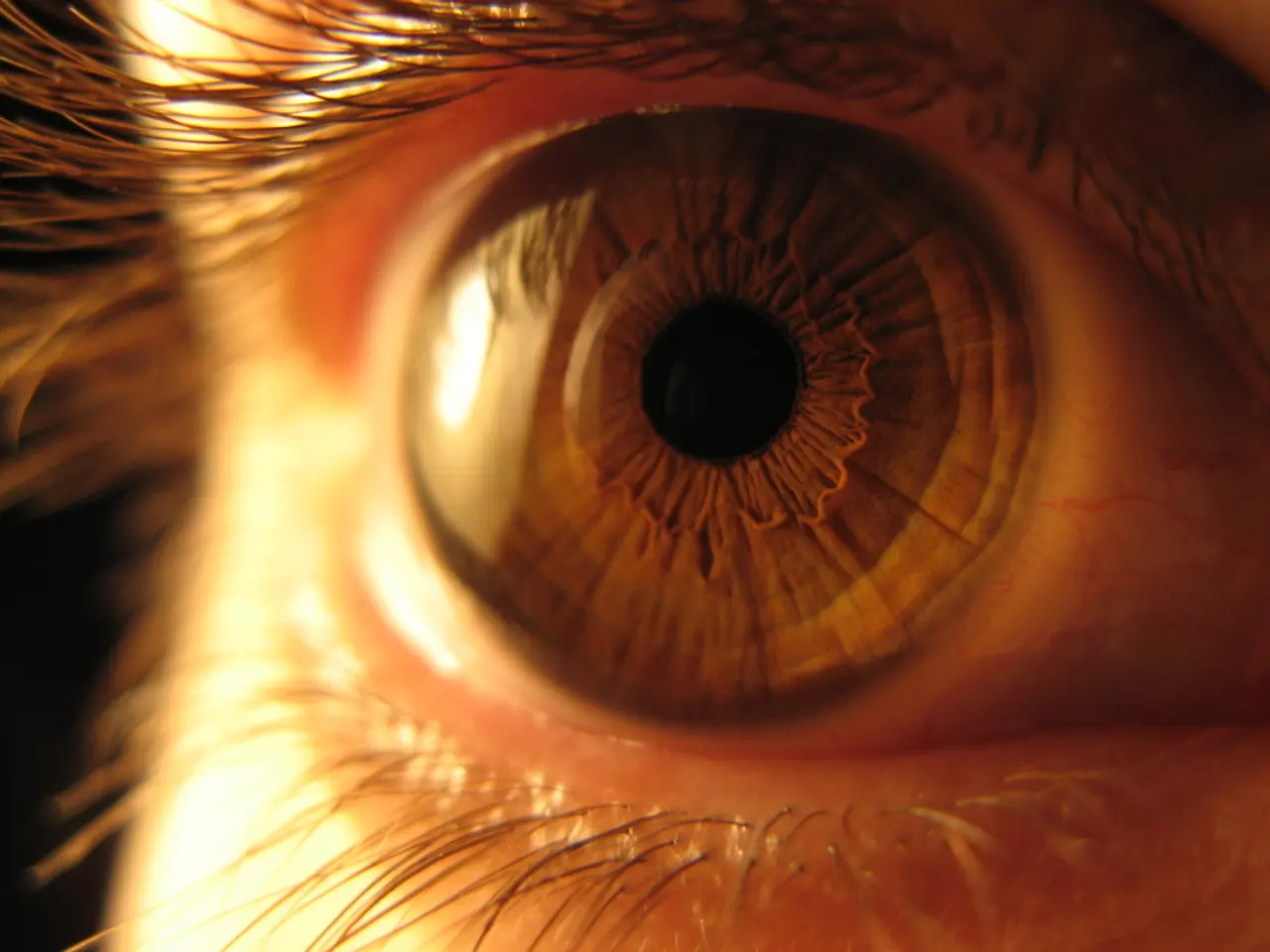Understanding Posterior Vitreous Detachment: Causes, Symptoms, and When to Seek Help
The vitreous humor, a gel-like substance in our eyes, plays a crucial role in maintaining our vision. Aging can cause changes in this substance, leading to a condition called posterior vitreous detachment (PVD), which can result in floaters. While PVD is common and often resolves on its own, it's essential to understand its implications and seek medical attention when necessary.
The vitreous humor, primarily composed of water, collagen, salt, and sugar, fills the space behind the lens and in front of the retina. As we age, this gel thins and shrinks, often leading to PVD, which typically occurs between the ages of 45 and 65. During PVD, the vitreous pulls away from the retina, causing it to wrinkle and creating shadows or floaters in our field of vision.
If left untreated, floaters can affect a person's vision. They may appear as small specks, strings, or cobwebs floating in the visual field. While harmless in most cases, PVD can sometimes lead to more serious issues. If the vitreous pulls too hard, it can cause a retinal tear, which may result in retinal detachment. This can lead to permanent vision loss if not treated promptly. The vitreous humor, being a stagnant fluid not served by blood vessels, cannot actively regenerate or remove substances like blood or clumps of cells (floaters) that enter it. Surgical intervention is required to remove these suspended substances.
Posterior vitreous detachment is a common age-related condition that can cause floaters and potentially lead to more serious eye problems. While it usually resolves on its own, it's crucial to consult an eye care professional if you experience a sudden increase in floaters, flashes of light, or a loss of peripheral vision. Early detection and treatment can help prevent permanent vision loss.
Read also:
- Trump's SNAP reductions and New York City Council's grocery delivery legislation: Problems for city residents highlighted
- Reducing dental expenses for elderlies in Sweden: Over 50% cut in charges for pensioners by the government
- Forty-year-old diet: A list of meal choices to savor
- Exiled Life's Conundrum: A Blend of Liberation, Disillusionment, and Distress





